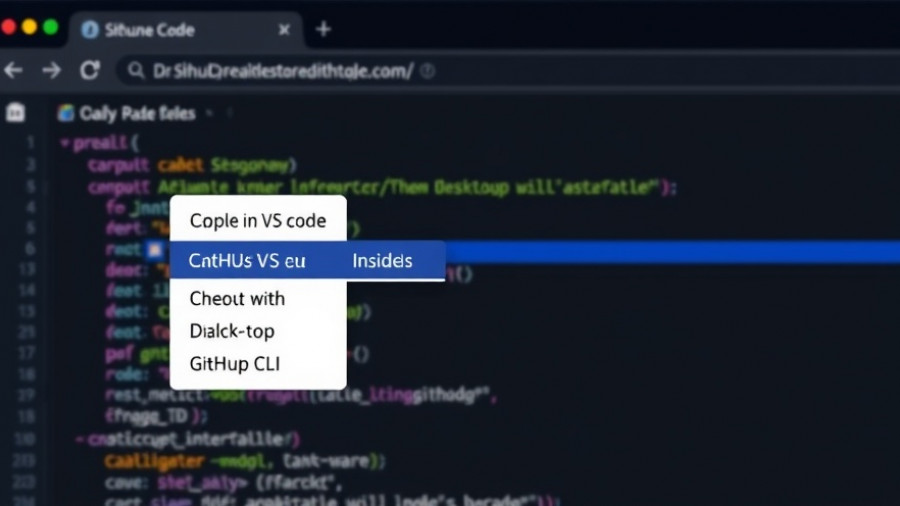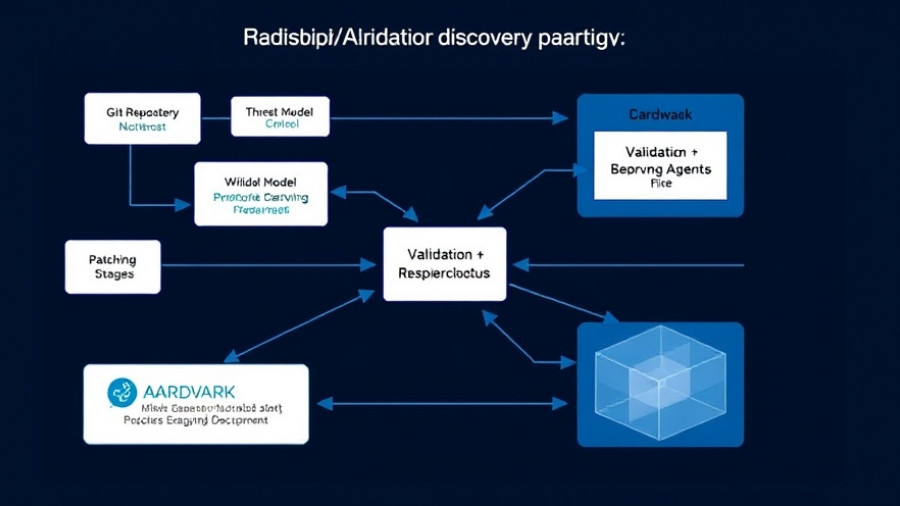
Transforming Healthcare with AI: A New Era of Patient Experience
Qualtrics, in collaboration with Stanford Health Care, is revolutionizing patient engagement by leveraging the power of advanced AI agents. This initiative aims to transform the healthcare experience by providing specialized agents that deliver personalized patient interactions, significantly enhancing trust and improving treatment outcomes.
Understanding Agentic AI in Healthcare
The term agentic AI refers to systems designed to autonomously perform tasks in a human-like manner while collaborating closely with healthcare professionals. The AI agents being developed will utilize predictive analytics to streamline patient care processes, enabling providers to focus on the vital aspects of their work. As noted by Qualtrics CEO Zig Serafin, this innovation embodies a leap forward in how healthcare organizations can manage experiences that matter. By prioritizing the provider-patient relationship, these agents promise to bolster the very foundation of care—trust.
Enhancing Operational Efficiency
The integration of AI agents within healthcare systems can alleviate immense administrative burdens faced by providers. Currently, healthcare teams often allocate significant time to coordinating care and managing patient communications, which detracts from direct patient interaction. By deploying specialized AI, Stanford Health Care aims to minimize these inefficiencies. The platforms don’t just predict patient no-shows; they can also facilitate transportation access or telehealth options for those at risk, ensuring that patients receive the care they need promptly.
Reducing Friction: Culturally Responsive Care
One of the challenges faced in healthcare is addressing language and cultural barriers that can affect patient compliance and satisfaction. The AI agents are not only programmed to recognize these barriers but also take actionable steps to overcome them. By connecting patients with interpreters or bilingual staff, they ensure that communication remains effective, which is crucial in ensuring that patients feel represented and understood.
Save Time, Improve Lives: A Practical Impact
By allowing clinicians to concentrate on pure clinical work, these AI agents are set to enhance the overall experience of the care team themselves. When healthcare providers are free from bureaucratic hurdles, they can spend more time on relationship building with patients, which, according to experts, is a key factor in improving patient satisfaction. To service these agents effectively, collaborative workflows will also be crucial; they must be implemented in such a way that supports, rather than disrupts, existing operations.
Future of AI in Healthcare
The partnership between Qualtrics and Stanford Health Care could signify a transformative shift in the healthcare landscape. As AI continues to evolve, its applications could expand into areas like mental health support, chronic disease management, and personalized medicine. By investing in this technology, healthcare providers can capitalize on a future where AI augments the capabilities of human providers, enhancing both patient outcomes and the overall quality of care.
Final Thoughts on AI Agents in Healthcare
With the introduction of AI agents into healthcare, we are witnessing a paradigm shift that prioritizes patient-centric strategies while improving operational efficiencies. As these technologies take root, one must consider the ethical implications and ensure that these developments align with patient needs and wants. The ultimate goal must be to create supportive environments that not only enhance clinical outcomes but also foster trust and compassion within the provider-patient dynamic.
In a world where technology is increasingly pivotal to health decisions, understanding the implications of agentic AI can empower both healthcare providers and patients. It’s crucial to stay informed and engaged as we navigate these exciting transformations in healthcare.
 Add Row
Add Row  Add
Add 




Write A Comment